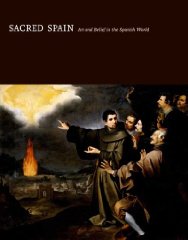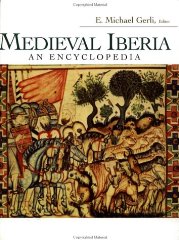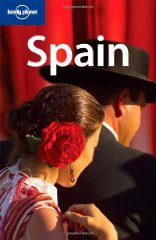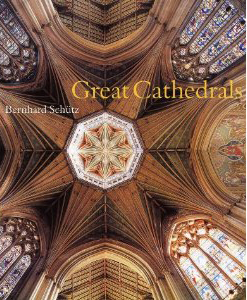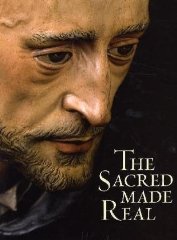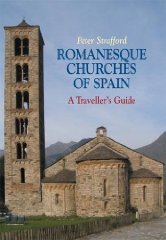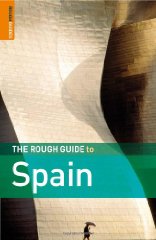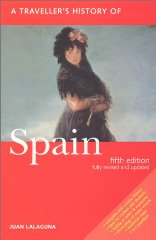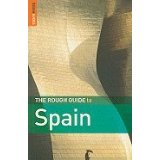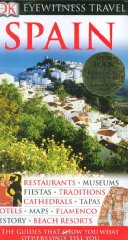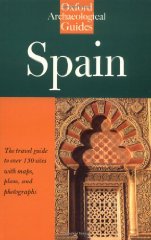Strict Standards: Declaration of McalendarControllerMCalendar::display() should be compatible with McalendarController::display($cachable = false, $urlparams = false) in /home/nrnvguvu78sn/public_html/components/com_mcalendar/controllers/mcalendar.php on line 0
Strict Standards: Only variables should be passed by reference in /home/nrnvguvu78sn/public_html/components/com_mcalendar/controllers/mcalendar.php on line 34
Strict Standards: Only variables should be passed by reference in /home/nrnvguvu78sn/public_html/components/com_mcalendar/controllers/mcalendar.php on line 35
Strict Standards: Only variables should be passed by reference in /home/nrnvguvu78sn/public_html/components/com_mcalendar/controllers/mcalendar.php on line 36
Strict Standards: Only variables should be passed by reference in /home/nrnvguvu78sn/public_html/components/com_mcalendar/controllers/mcalendar.php on line 37
Strict Standards: Only variables should be passed by reference in /home/nrnvguvu78sn/public_html/components/com_mcalendar/controllers/mcalendar.php on line 38
Related Books
- Sacred Spain: Art and Belief in the Spanish World
- The Way of Saint James Vol 2: Pyrenees - Santiago - Finisterre
- Lonely Planet Country Guide Spain
- Great Cathedrals
- The Sacred Made Real: Spanish Painting and Sculpture 1600-1700
- Romanesque Churches of Spain: A Traveller's Guide
- The Rough Guide to Spain 13
- A Traveller's History of Spain
- The Rough Guide to Spain 13
- DK Eyewitness Travel Guide: Spain
- Oxford Archaeological Guide to Spain
- Rick Steves' Spain and Portugal Map: Including Barcelona, Madrid and Lisbon (Map)
- Legends of the Blessed Virgin
Catedral de Santa María la Real de la Almudena
(Madrid, Spain)
The Cathedral of Santa Maria la Real de la Almudena is the episcopal seat of the Archdiocese of Madrid ( Spain ).
It is a building of 102 meters long and 69 high, built during the centuries XIX and XX in a mixture of different styles: neoclassical abroad, Gothic in the interior and neo-Romanesque in the crypt.
It was consecrated by Pope John Paul II on his fourth trip to Spain on June 15 of 1993 , thus being the only Spanish cathedral dedicated by a pope . The temple is dedicated to the Virgin Mary , in his invocation of Our Lady of Almudena , patron of the city of Madrid .
The cathedral is located in the historic city center. The main facade is opposite the Royal Palace . The facade of the transept facing the Bailen street , and access to the crypt is by the Cuesta de la Vega , at the end of the main street . Unlike most Christian churches, east-west, the cathedral has a north-south orientation, from his conception as part of the Royal Palace complex. It is built of stone Novelda ( Alicante ) and granite from quarries in Colmenar Viejo ( Madrid ).
History
The origins of the Almudena Cathedral can be placed in the small church of Santa Maria de la Almudena , late medieval origin, which was located a few meters from the present cathedral. For centuries there were attempts to provide greater grandeur to the said parish, attempts became more intense with the increasing importance of the empire and its capital. According to a report from 1567 :
By the universal good of the village and his land, mind and has great need to make it a cathedral and Bishop's head.
1567 Report
Another powerful reason was the absence of a bishopric in Madrid, the capital belonged to the Archdiocese of Toledo - and the Archbishop of the imperial city always opposed segregation in the capital of the diocese of Toledo. So, we tried to expand and reform the small church of Santa Maria until its demise in 1868 , when it finally became necessary to build a new church to house the cult of the patron saint. On April 4 of 1883 King Alfonso XII laid the foundation stone of the new building, which would be the future cathedral of Madrid, on land that, through Queen Mercedes , devoted to the Virgin of Almudena, were donated by Real Heritage in 1879 .
Ultimate accolade for construction was the creation of the diocese of Madrid-Alcala, by papal decree given by Leo XIII , on March 7, 1885. While building the cathedral, the old church Jesuit of Imperial College , which at that time was regarded as collegiate , under the invocation of St. Isidore , became the cathedral church of the new diocese. In 1964, Casimiro Morcillo received the title of Archbishop-bishop, but within the metropolitan province of Toledo. It was not until the latter's death in 1971, when the Cardinal Tarancon Headquarters Toledo left to occupy the Madrid-Alcala, with the rank of archdiocese . This became known Archdiocese Archdiocese of Madrid in 1991, with the restoration of the Diocese of Alcala de Henares .
The architect Francisco de Cubas , in charge of the project, modified his original plan as a parish church, proposing an imposing neo-Gothic cathedral that was the prevailing fashion in Europe under the influence of Viollet-le-Duc . The work began in the crypt, built in Romanesque style, with access from the Cuesta de la Vega and not opened for worship until 1911 , when completed by Enrique Maria Repullés and Vargas . At the same time the first pillars were erected, but the work was practically abandoned until 1950 , year in which Fernando Chueca Goitia and Carlos Sidro won the competition organized for the completion of works. The appearance of the temple changed then, since, though it maintained the Gothic style of the original project for the interior of the cathedral, the exterior would now Neo, which is the aspect currently maintained: thus, the cathedral blends better with the vicinity of the Royal Palace.
The work continued until its closure in 1965 , due to the lack of funds and support from the City of Madrid . Almost twenty years until, in 1984 , a foundation was created to get the support of public institutions (including the City Council and the Government of Spain, both in the hands of politicians from left) and private to complete the works. The cathedral was consecrated by Pope John Paul II on June 15 of 1993 , taking over from the Collegiate Church of San Isidro , which had been the provisional cathedral of Madrid since 1885 .
Since opening, the Cathedral has been very close to religious acts of the Spanish Royal Family. On the 8th of November 2000 , was buried in a funeral chapel, under the altar of Our Lady, Queen Maria de las Mercedes of Orleans , first wife of Alfonso XII , whose remains had been in the Monastery of El Escorial until completion of the cathedral church. On May 22 of 2004 , the temple was the scene of the betrothal of the Prince of Asturias , Felipe de Borbon , with Letizia Ortiz , marking the first wedding held in the Cathedral.
In 2005 it opened an exhibition on the Immaculate and Spain, organized by the Foundation Ages of Man .
On August 20 of 2011 , Benedict XVI became the second pope to visit the cathedral, where he presided over and held a Mass with seminarians, one of the events scheduled at the XXVI World Youth Day .
Basic Information
| Year consecrated: | 1993 |
| Ecclesiastical status: | Cathedral |
| Architectural style: | Gothic |
| Address: | Calle de Bailen, 10 Madrid , Spain |
| Coordinates: | 41.833733, -87.731964 |
| Website: | www.catedraldelaalmudena.es |
| Phone: | +34 915 42 22 00 |
| Hours: | 10 to 19:30. Mass Schedule: 19:00. Sundays and holidays: 10:30, 12:00, 13:30 and 19:00 |
| Cost: | Free |
| Transportation: | --- |
| Lodging: |
Note: This information was accurate when first published and we do our best to keep it updated, but details such as opening hours can change without notice. To avoid disappointment, please check with the site directly before making a special trip.
Map
Resources
-
Legends of the Blessed Virgin
Albin Jacques S. and De Plancy, Collin
Ulan Press
August 31, 2012
ISBN: B009KA1RVM

